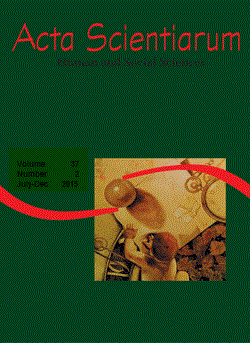<b>From conceptual-schemes to paradigms. The evolution of Thomas Kuhn’s thought, 1957-1962
Abstract
Discontinuities in the historical and philosophical work of Thomas Kuhn are identified. According to this point of view, the historical study in The Copernican Revolution cannot be a case from which Kuhn develops his thesis The Structure of Scientific Revolutions (1962). A detailed comparative analysis of the two books shows that they have divergent conceptions. The former book implicitly holds an empirical and traditional view of science which establishes the theory-observation distinction and a fallibilistic concept of progress. It also supposes a fixed and stable field of experience, with a comparison of different conceptual-schemes. On the other hand, the second book disagrees with these traditional images of science and introduces an alternative philosophical point of view which deals with such concepts as paradigm, normal science and incommensurability. Those notions do not appear in the 1957 book. The paper concludes that the differences between the two books are very deep and do not admit an identical image of science.
Downloads
DECLARATION OF ORIGINALITY AND COPYRIGHTS
I Declare that current article is original and has not been submitted for publication, in part or in whole, to any other national or international journal.
The copyrights belong exclusively to the authors. Published content is licensed under Creative Commons Attribution 4.0 (CC BY 4.0) guidelines, which allows sharing (copy and distribution of the material in any medium or format) and adaptation (remix, transform, and build upon the material) for any purpose, even commercially, under the terms of attribution.
Read this link for further information on how to use CC BY 4.0 properly.























